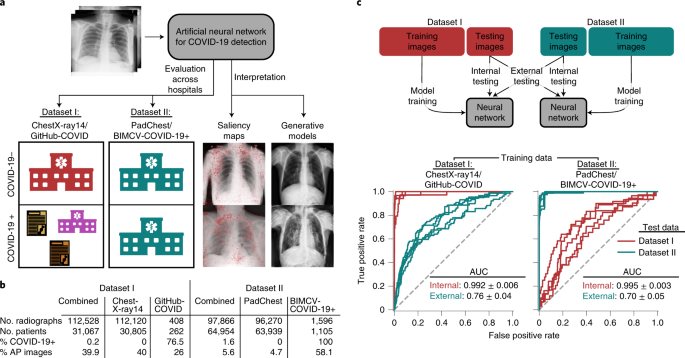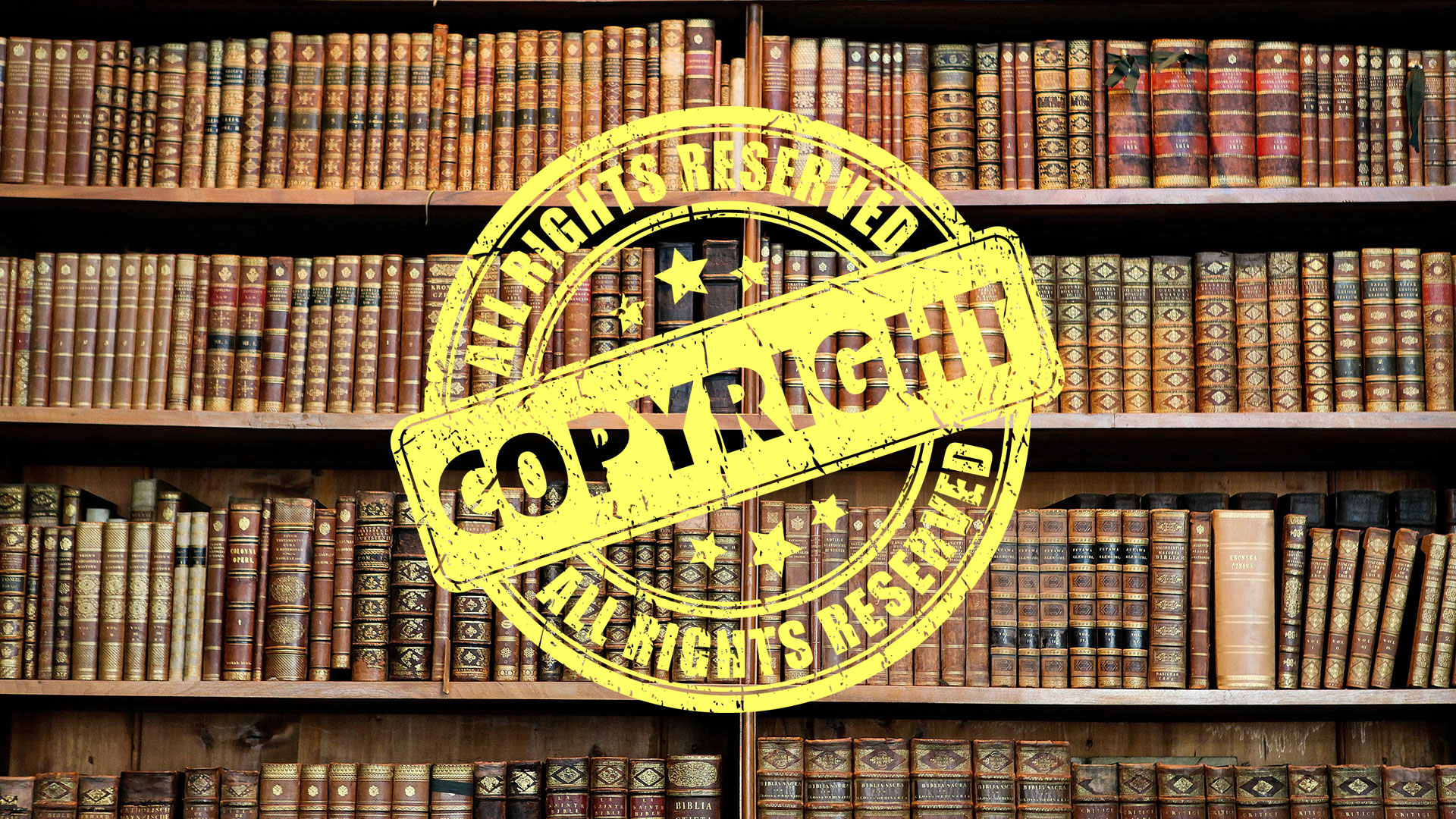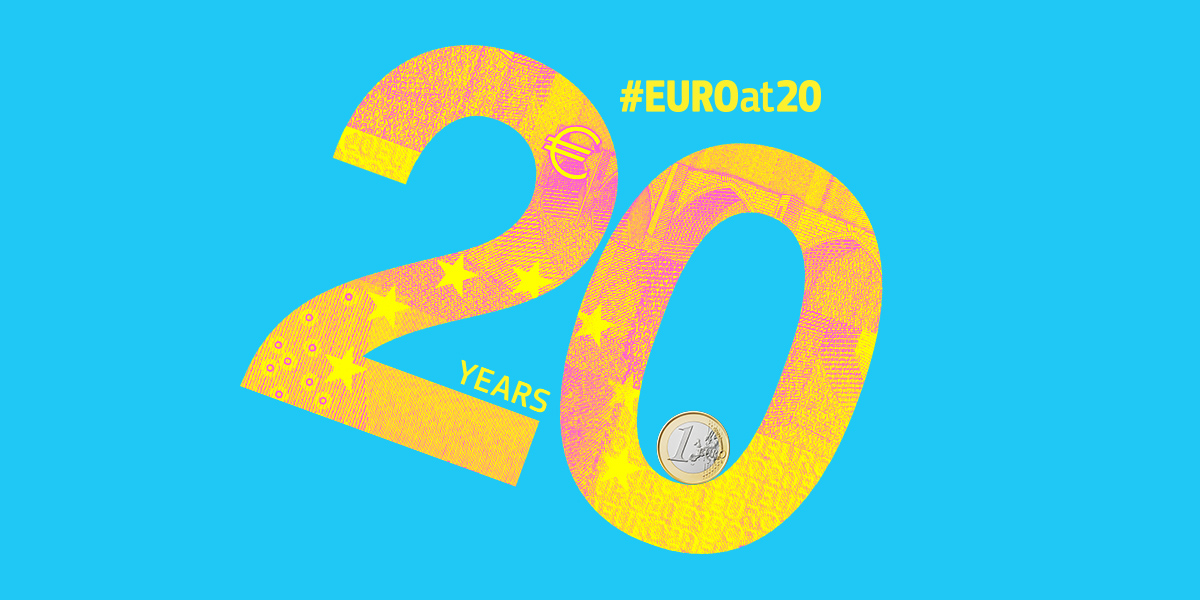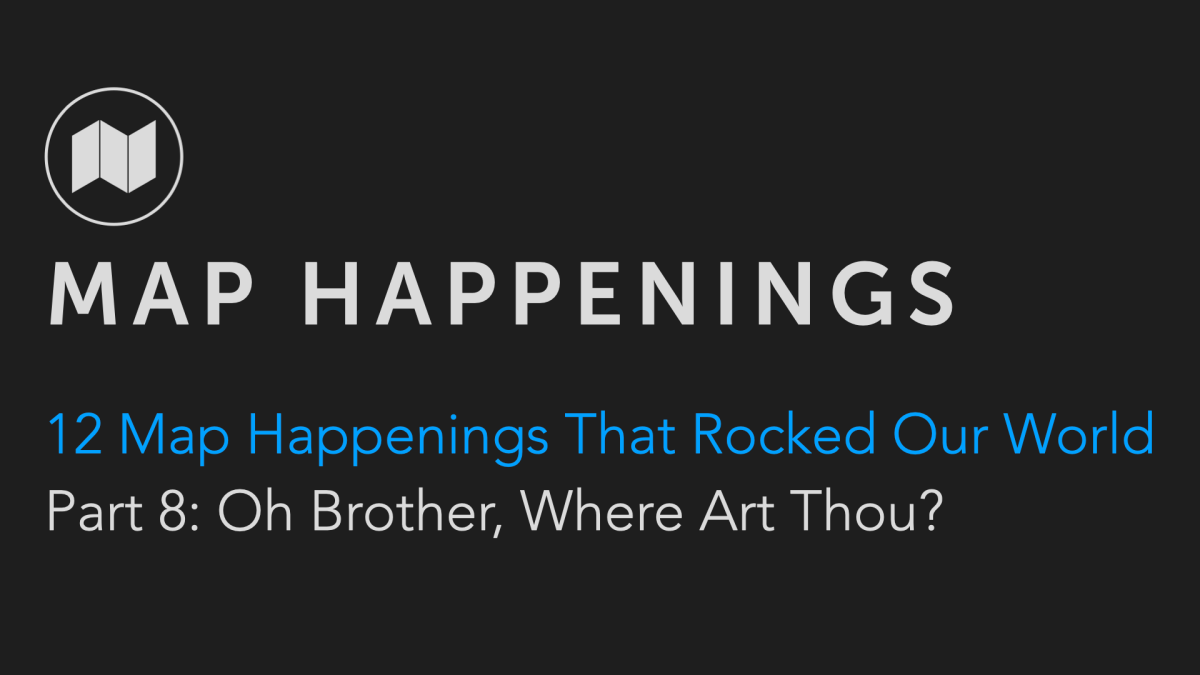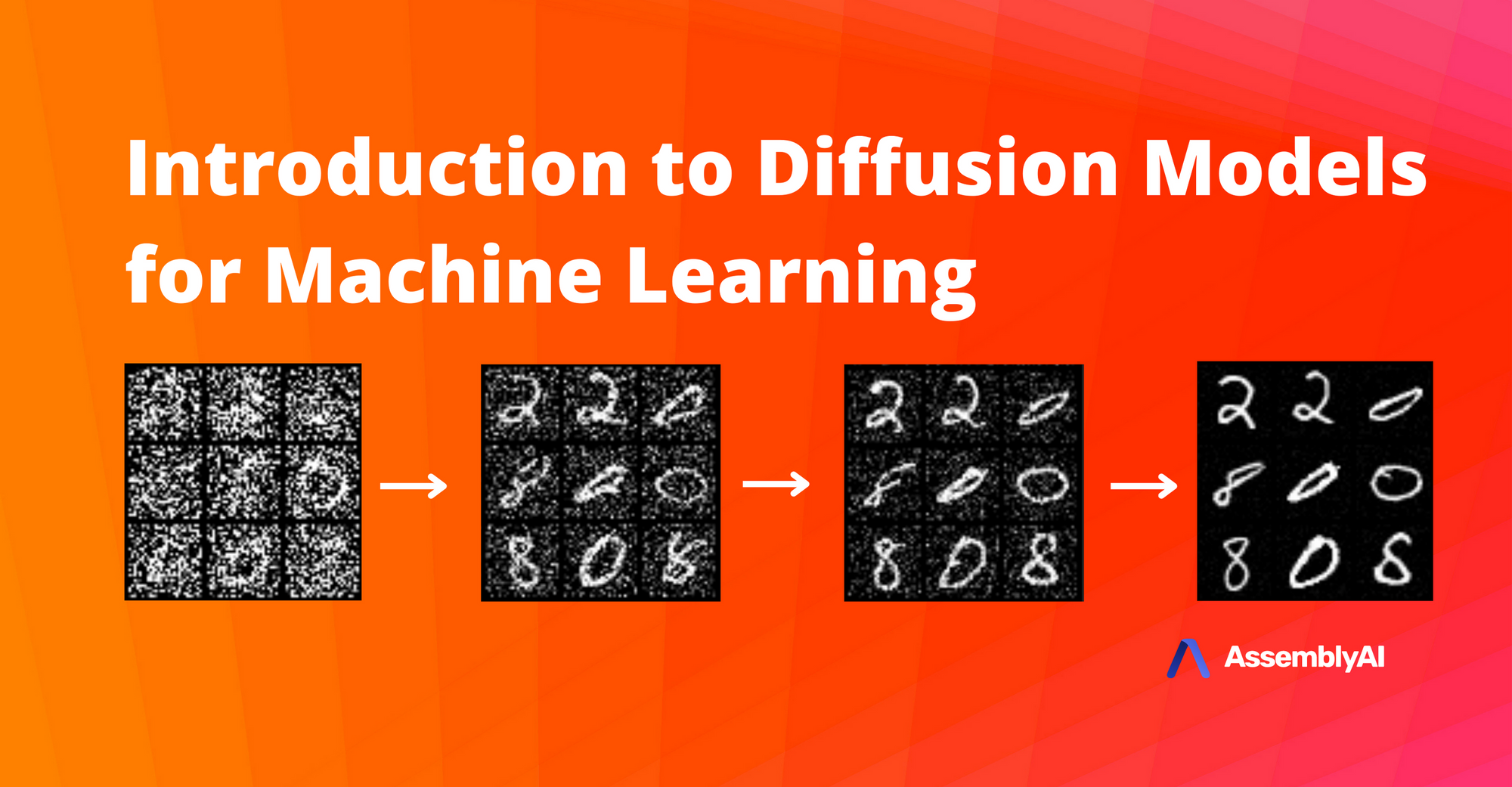
Introduction to Diffusion Models for Machine Learning
The meteoric rise of Diffusion Models is one of the biggest developments in Machine Learning in the past several years. Learn everything you need to know about Diffusion Models in this easy-to-follow guide.
Diffusion Models are generative models which have been gaining significant popularity in the past several years, and for good reason. A handful of seminal papers released in the 2020s alone have shown the world what Diffusion models are capable of, such as beating GANs[6] on image synthesis. Most recently, practitioners will have seen Diffusion Models used in DALL-E 2, OpenAI's image generation model released last month.
Given the recent wave of success by Diffusion Models, many Machine Learning practitioners are surely interested in their inner workings. In this article, we will examine the theoretical foundations for Diffusion Models, and then demonstrate how to generate images with a Diffusion Model in PyTorch. Let's dive in!
Diffusion Models are generative models, meaning that they are used to generate data similar to the data on which they are trained. Fundamentally, Diffusion Models work by destroying training data through the successive addition of Gaussian noise, and then learning to recover the data by reversing this noising process. After training, we can use the Diffusion Model to generate data by simply passing randomly sampled noise through the learned denoising process.


